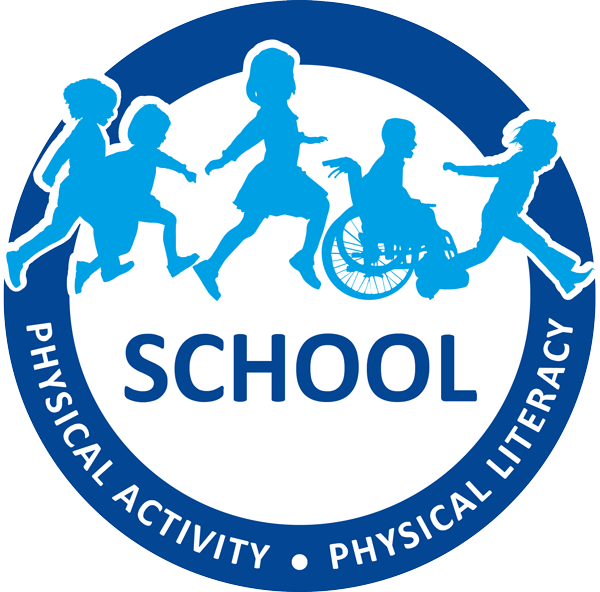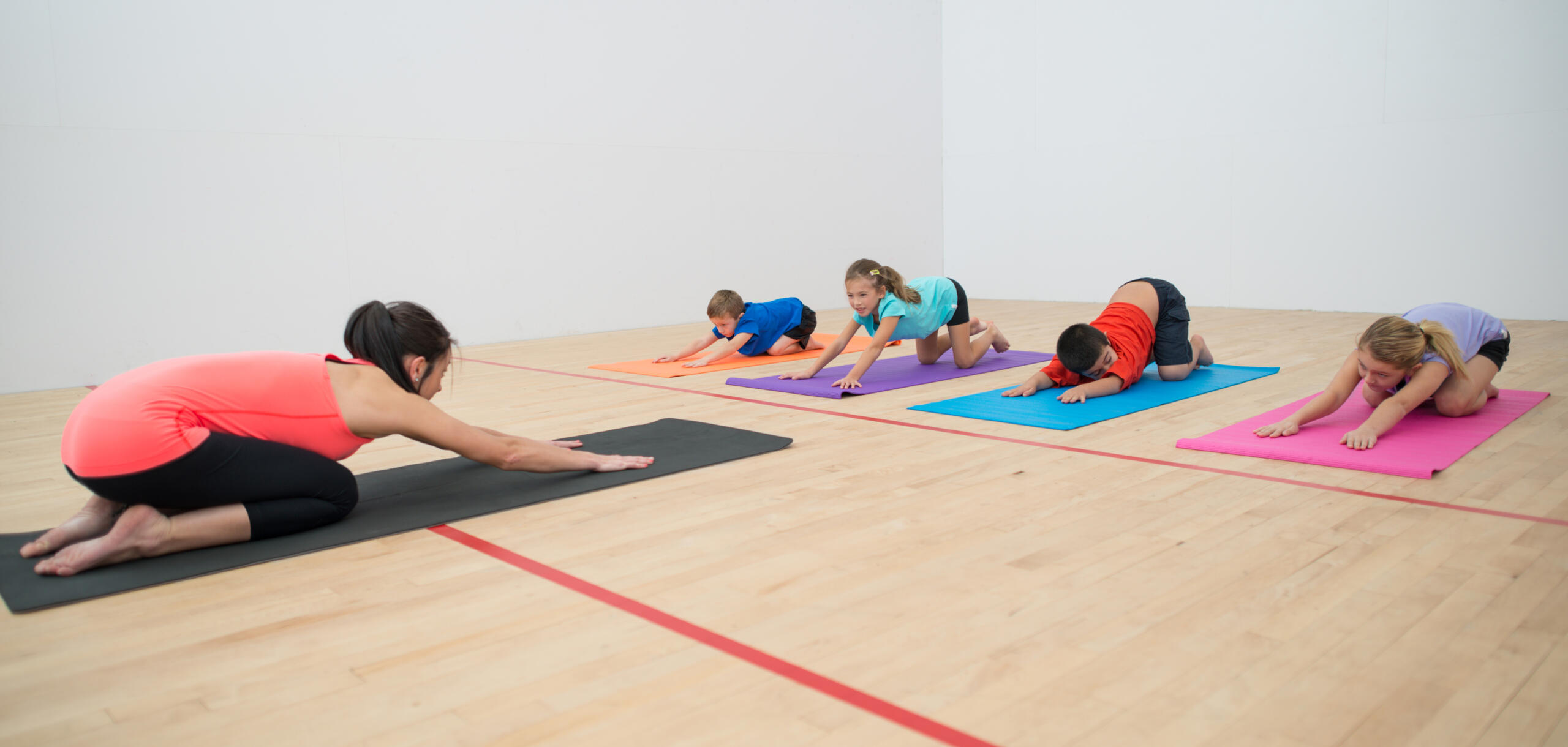Although students learn skills through play, and often learn skills naturally, educators have a critical role in helping students learn fundamental movement skills to develop physical competence, build confidence in executing these skills, and increase motivation to participate in and try new physical activities. They also play a critical role in setting up students to be physically active for life.
Educators do so by:
- helping students develop the skills, confidence, and motivation to be active (physical literacy);
- modelling a physically active lifestyle;
- exposing students to a variety of sports, dance, games, and recreation activities; and
- providing knowledge and understanding to live an active life.
Encouraging physical activity can also positively impact the mental well-being of your students, and give them assets that can address stress, isolation and anxiety.
By modelling physical activity, you can demonstrate that the benefits of being active are so much more than just physical.
And being an active role model can span beyond just participating in the activities with your class at gym time. Here are three things you can do throughout your school day to support physical activity and physical literacy development:
Create Space
Students need enough space to safely run around, and even in the classroom, pushing back the furniture to make room is often enough for stationary and movement activities. Utilize different spaces to allow students the opportunity to explore different movements and skills on their own.
Organize Retrievers
Students learn when they have chances to practice – for example, if students are kicking a ball, have another student roll it or bring it back to them so that they can try again. Encourage students to encourage each other when performing skills, to help build confidence and foster motivation to try again.
Promote Activities
Promote and profile a variety of activities and sports on classroom bulletin boards and in school work. This encourages students to see the diverse possibilities offered in sport and recreation.
For more examples of how you can be a role model and promote physical activity and development of physical literacy in your classroom, download the following resource today: The Role of the Educator to Develop Physical Literacy in Students.

